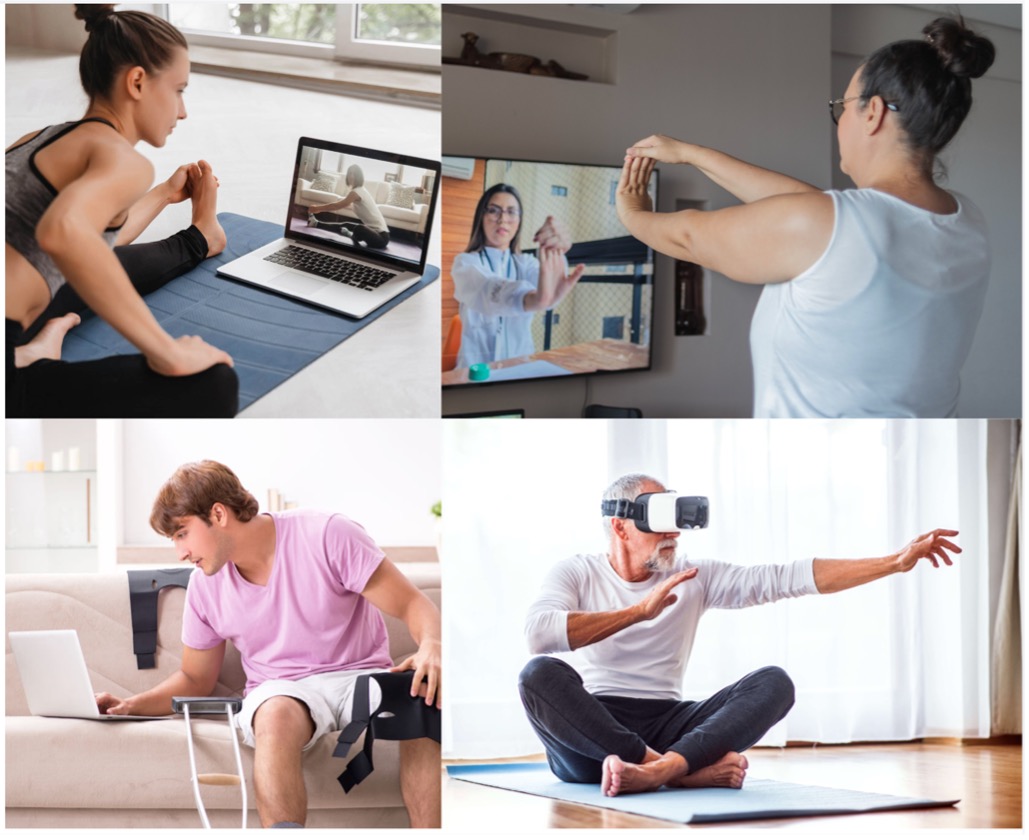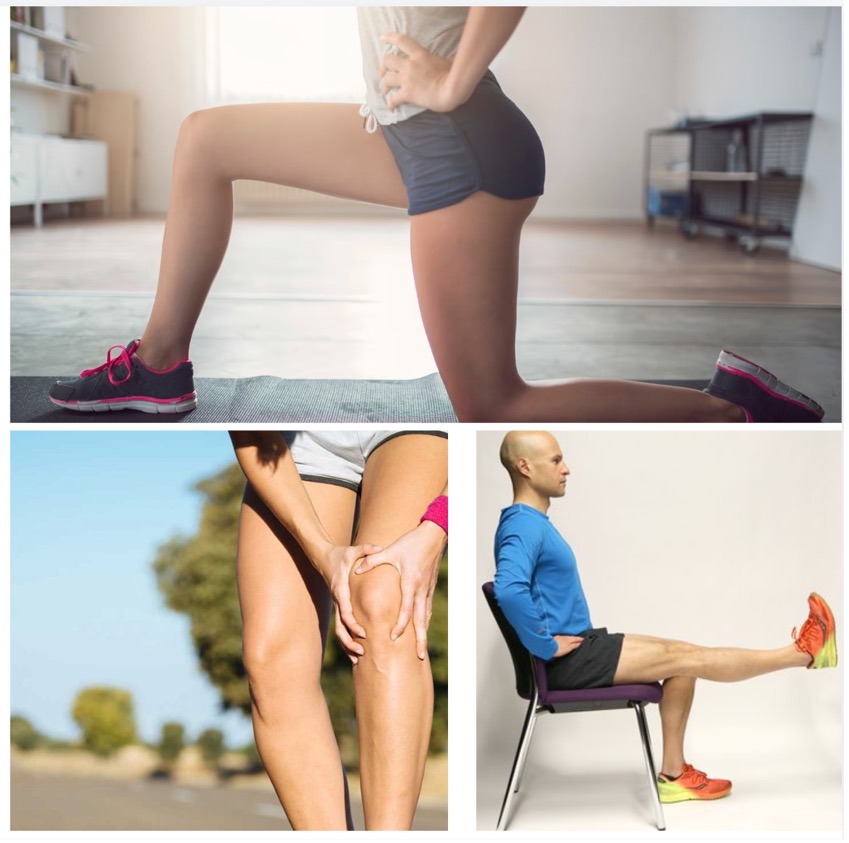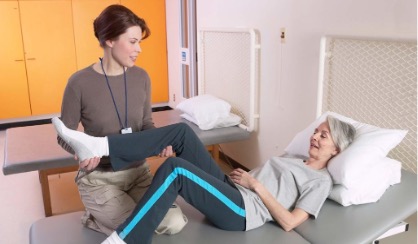Virtual physical therapy, also known as telerehabilitation or remote physical therapy, is a modern healthcare approach that leverages technology to deliver physical therapy services through digital platforms. This innovative method allows patients to receive professional guidance and treatment from licensed physical therapists without the need for in-person visits. Through video conferencing, mobile apps, and wearable technology, patients can access therapeutic care from the comfort of their homes while maintaining close communication with their healthcare providers.
The virtual physical therapy process typically begins with an initial video consultation where the physical therapist assesses the patient’s condition, range of motion, and overall mobility. During this evaluation, the therapist observes the patient’s movements, discusses symptoms, and reviews medical history to develop a personalized treatment plan. Advanced telehealth platforms often include features for measuring movement angles, tracking progress, and demonstrating exercises in real-time, ensuring accurate assessment and treatment prescription.
Implementation of virtual physical therapy involves regular video sessions where therapists guide patients through specific exercises and movements. These sessions are complemented by detailed exercise programs that patients can access through mobile apps or web platforms. Many virtual PT platforms incorporate artificial intelligence and motion-tracking technology to provide real-time feedback on exercise form and progression. Therapists can modify treatment plans remotely based on patient progress and feedback, ensuring that the rehabilitation program remains effective and appropriate for the patient’s evolving needs.
The benefits of virtual physical therapy are numerous, particularly for patients with mobility limitations or those living in remote areas. It eliminates travel time and transportation barriers, reduces healthcare costs, and allows for more flexible scheduling. Additionally, patients can practice exercises in their natural environment, making it easier to incorporate therapeutic movements into their daily routines. The digital nature of the service also enables better tracking of patient adherence and progress through data collection and analysis.
While virtual physical therapy may not be suitable for all conditions or patients, it has proven particularly effective for treating many common musculoskeletal conditions, post-operative rehabilitation, and chronic pain management. Success in virtual PT largely depends on patient engagement and compliance with the prescribed exercise program. To maximize benefits, patients should have access to basic technology requirements (such as a smartphone or computer with video capabilities), adequate space for exercises, and a strong internet connection. With these elements in place, virtual physical therapy can provide an effective, convenient alternative to traditional in-person therapy sessions.











